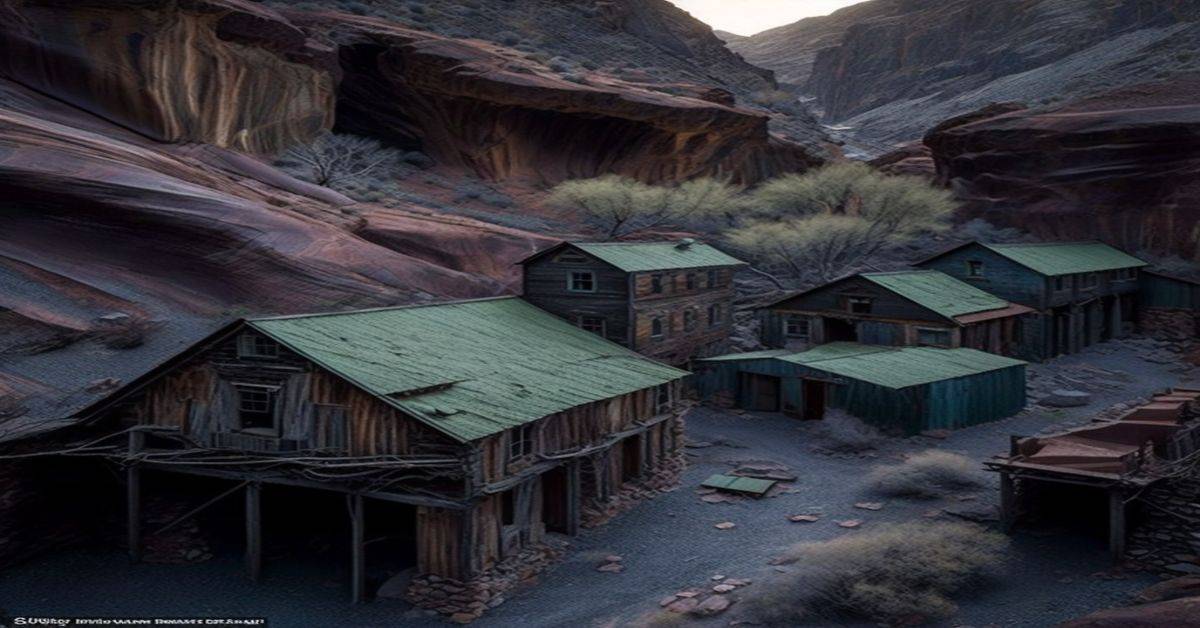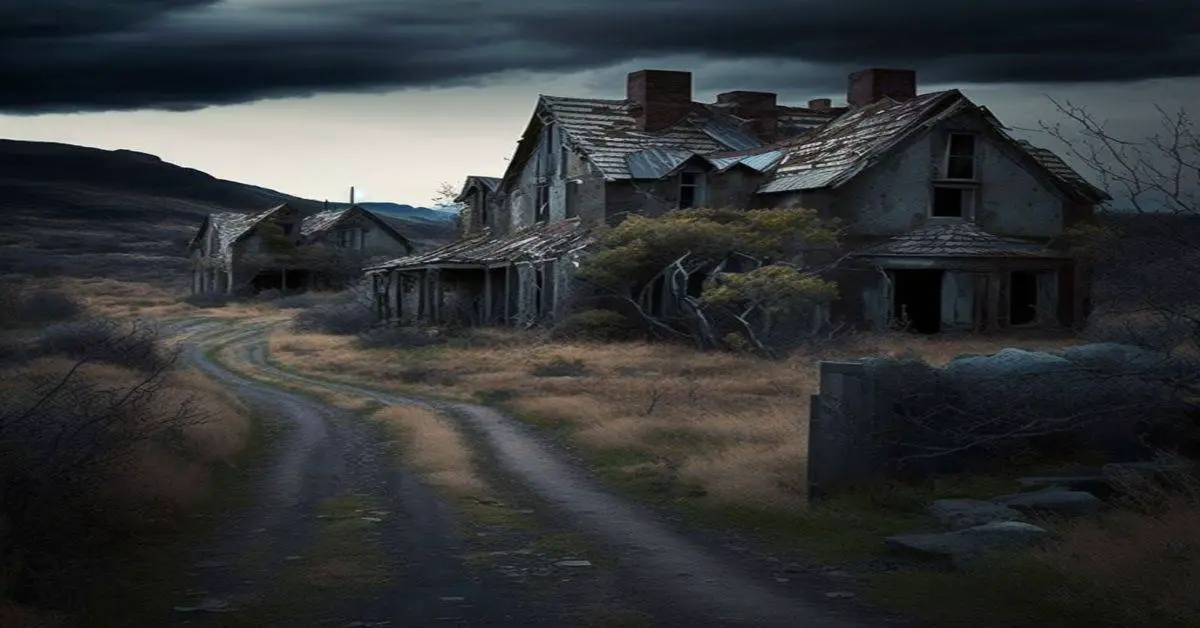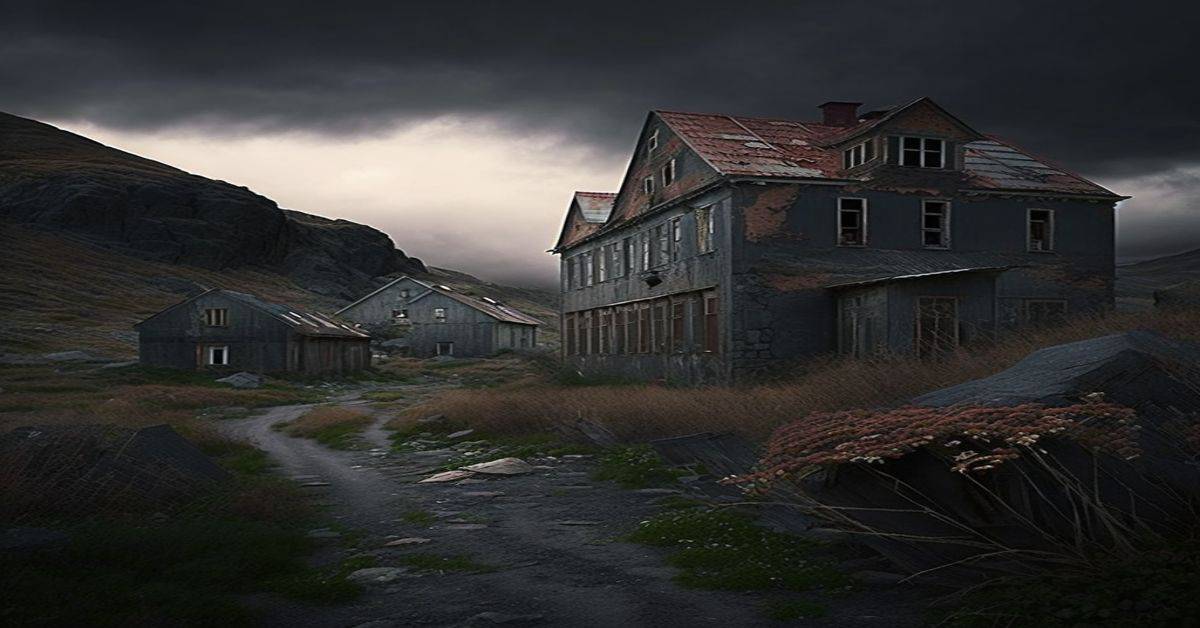Juno’s ghost town, in Florida, a short distance south of the current Juno Beach, was once a thriving pineapple farming community that served as the town seat of Dade County. Despite its brief history, the town has many mysteries waiting to be discovered.
In this article, we aim to delve deeper into the history of Juno’s ghost town, exploring its past as a prosperous pineapple farming community and the events that led to its ultimate demise. Our exploration of Juno’s ghost town will thoroughly examine its location, history, transportation, economy, and landmarks.
We will employ a research-driven approach to uncover the secrets of Juno’s past, analyzing historical records, primary sources, and archaeological evidence. Through our investigation, we hope to shed light on the enigmatic history of Juno’s ghost town and its significance in the development of Dade County.
Key Takeaways
- Juno, Florida was a prosperous pineapple farming community largely dependent on the railway that ran through the town, bringing a steady income and allowing for the industry’s growth.
- The railway ultimately went out of business in 1895, leading to the decline of the pineapple farming industry and the town’s abandonment soon after.
- Despite its brief history, Juno’s legacy as a former town seat of Dade County and a pineapple farming community continues to spark curiosity and interest among historians and visitors alike.
- While there are no remains of the original town, exploring artifacts and investigating legends can provide clues about Juno’s past, and a research-driven approach can uncover the secrets of its enigmatic history.
Location and History
The original townsite of Juno, which was once a small pineapple farming community and the town seat of then-Dade County, is located 3 miles south of the current Juno Beach and near the Intra-Coastal Waterway within the Hidden Oaks gated community.
The town was officially platted in 1890 and consisted of a courthouse, a newspaper office, and seven houses.
Juno’s growth was largely due to the railroad built in the area, which brought a steady income. However, the railroad went out of business in 1895, and the town was abandoned soon after.
A fire destroyed the town in 1899, leaving no remains of the original town.
Exploring artifacts from the pioneering settlers can provide insight into the early history of Juno. The Celestial Railroad spike, used to commemorate the final stop of the Jupiter Lake Worth Railway or ‘Celestial Railroad,’ can be found on display at the Juno Beach Town Hall.
The spike is a reminder of transportation’s role in the town’s growth.
Despite the town’s brief history, its legacy as a pineapple farming community and the former town seat of then-Dade County continues to spark curiosity and interest among historians and visitors alike.
Transportation and Economy
Transportation played a crucial role in the growth of Juno, as the Celestial Railroad provided a reliable means of income for the small pineapple farming community.
The railway, also known as the Jupiter Lake Worth Railway, ran from Jupiter to Juno, stopping at Venus and Mars.
The final stop of the railway was in Juno, which helped to establish it as a significant agricultural center in the region.
The Celestial Railroad’s legacy is still present in Juno today, with a spike from the railway displayed at the Juno Beach Town Hall.
The railway’s success allowed for the continued growth of the pineapple farming industry in Juno, Florida in the 1890s.
Agricultural techniques, such as irrigation and fertilization, were also implemented to increase crop yields.
However, the railway ultimately went out of business in 1895, and the pineapple farming industry in Juno declined soon after.
Landmarks and Remains
Further exploration of the original townsite of Juno reveals interesting information about the landmarks and remains that can still be found in the present-day Hidden Oaks gated community.
Although there are no remains from the original town, the former courthouse site can be located in present-day Oakbrook Square. This courthouse played a significant role in the town’s history as it served as the center of government for the town seat of then-Dade County. It was also home to the town’s newspaper office, which provided residents with important news and information about the town and surrounding areas.
In addition to the courthouse site, exploring artifacts and investigating legends can provide clues about the town’s past. For example, the Celestial Railroad spike on display at Juno Beach Town Hall serves as a reminder of the town’s transportation history. The spike was used to construct the Jupiter Lake Worth Railway, known as the Celestial Railroad, and ran from Jupiter to Juno with stops at Venus and Mars.
These landmarks and artifacts offer a glimpse into the town’s fascinating history and provide a unique opportunity for visitors to learn more about Juno’s ghost town.
“Sitting pretty between Jupiter and West Palm Beach, Juno Beach is home to unspoiled coastline, blissfully laid-back vibes, and some of The Palm Beaches’ most beloved residents (that would be our scores of nesting sea turtles). Located on a barrier island flanked by the Intracoastal Waterway and the Atlantic Ocean, much of Juno Beach daily life revolves around these two bodies of water—from fishing to recreation to conservation.”
https://www.thepalmbeaches.com/explore-cities/juno-beach
Frequently Asked Questions
What was the population of Juno at its peak?
Juno’s peak population is not specified in the given information. Historical demographics show that the town grew as a pineapple farming community with the help of the Celestial Railroad, but the pineapple industry decline and economic factors led to its abandonment and destruction.
Are there any known descendants of the original settlers of Juno?
No descendants of original settlers of Juno have been identified. Despite this, Juno’s historical significance as a former town seat and pineapple farming community lives on, with the town’s original plat and Celestial Railroad spike on display.
What were the main challenges faced by pineapple farmers in Juno?
Pineapple farming in Juno faced challenges such as soil erosion and insect infestation. Despite this, it had a significant impact on the local economy. Farming techniques included soil enrichment and crop rotation to maintain healthy soil and maximize yields.
Is there any evidence of Native American settlements before Juno was founded?
Limited evidence exists of Native American presence before Juno’s founding. Pre Juno settlement evidence includes occasional artifacts and burial mounds, but no substantial remains or sites have been discovered.
Has any effort been to preserve or restore any original buildings or structures from Juno’s ghost town?
Despite the historical significance of Juno’s ghost town, there have been no efforts to preserve or restore any original buildings or structures. This lack of action is disappointing, considering the potential for insight into early Florida history.


